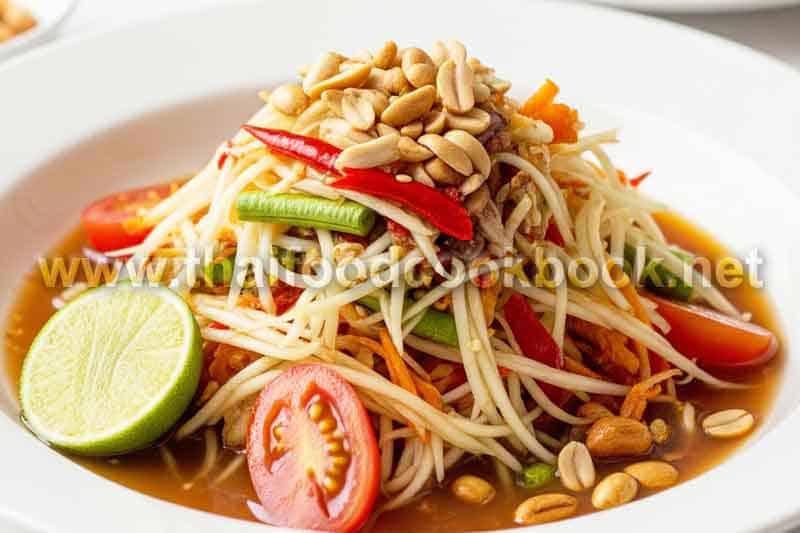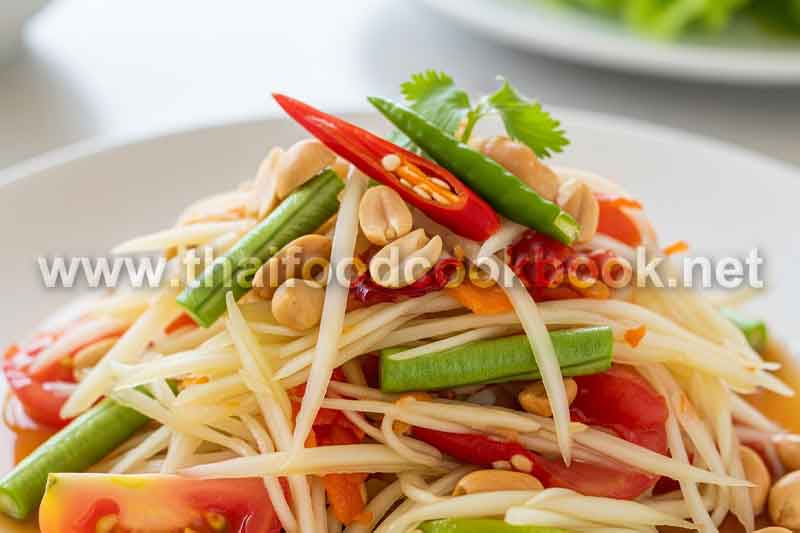Why does my Pad Thai turn mushy?
Many home cooks ask the same question: “Why does my Pad Thai turn mushy?” when they try to recreate an authentic Pad Thai recipe at home. The root cause usually lies in how the rice noodles are soaked, cooked, and tossed with sauce. When rice noodles absorb too much water, they become weak, sticky, and clump together. Another common reason is high moisture from too much sauce or low heat in the wok. Authentic Pad Thai requires a fast stir-fry method using medium-thick dried rice noodles, briefly soaked until just flexible. When made correctly, the noodles stay springy, chewy, and fragrant. If you want to learn more about proper Thai-style stir-fry and noodle preparation, you can explore real Thai cooking tips in this Pad Thai reference guide that reflects how Thai chefs actually control moisture and heat to achieve the perfect texture.
Common reasons Pad Thai becomes soft and soggy
Understanding the main causes will help you avoid mushy Pad Thai the next time you cook. The most frequent mistakes include over-soaking the noodles and cooking them too long in the wok. When noodles are soaked until fully soft instead of “semi-soft,” they continue to absorb moisture during stir-frying, resulting in a mushy or broken texture. Too much sauce also adds liquid, overwhelming the noodle’s ability to hold structure. Finally, if the wok is not hot enough or you overcrowd the pan, the noodles will steam instead of stir-fry, destroying their bounce and elasticity.
- Leaving noodles in hot water for too long
- Using low heat during stir-frying
- Adding too much sauce at once
- Overcrowding the wok, causing steaming
- Not draining noodles properly before stir-fry
Proper noodle preparation to prevent mushiness
The key to avoiding mushiness is learning how to soak rice noodles correctly. The noodles should be pliable but still slightly firm before hitting the wok. Professional Thai cooks soak them in room-temperature water, not boiling water, so they soften slowly and maintain structural integrity. Once in the wok, they are finished by absorbing sauce rather than water. This technique retains that desirable chewy bite. Another important detail is portion control—stir-frying too many noodles at once traps steam and reduces heat, making them limp. Finally, drain the noodles completely to remove additional moisture before they enter the wok.
- Soak in room-temperature water only
- Stop soaking when noodles are flexible but still firm
- Finish cooking in the wok, not in soaking water
- Cook smaller batches for better control
- Drain thoroughly before stir-frying
How Thai chefs keep Pad Thai chewy, not wet
Authentic Pad Thai relies on high heat, correct timing, and balanced moisture. Thai street food chefs move quickly—protein and aromatics hit the oil first, noodles go in briefly afterward, and sauce is added toward the end to prevent the rice noodles from absorbing too much liquid. They also use tamarind-based sauce rather than heavy or sugary versions that introduce extra water content. If your dish becomes mushy, reduce the sauce slightly or thicken it with tamarind paste before adding. Another tip is to lightly coat the noodles with a small amount of oil before stir-frying, creating a thin protective barrier against moisture.
Final summary
The reason many people ask “Why does my Pad Thai turn mushy?” is because rice noodles absorb water very quickly and break down when soaked too long, cooked with too much sauce, or stir-fried on low heat. The key solutions are proper soaking technique, high heat in the wok, reduced moisture, and smaller stir-fry batches. Learning traditional Thai methods ensures springy, separate noodles with a firm bite. For additional technique guidance from Thai culinary experts and wok handling tips, refer to stir-fry noodles for deeper preparation methods.
Summary of the entire article
This article explains why Pad Thai turns mushy due to over-soaking, excess moisture, and low heat. It gives practical solutions for soaking rice noodles correctly, working with high heat, limiting sauce quantity, and stir-frying in smaller batches, while also outlining how Thai chefs maintain chewy noodles and prevent steaming.

